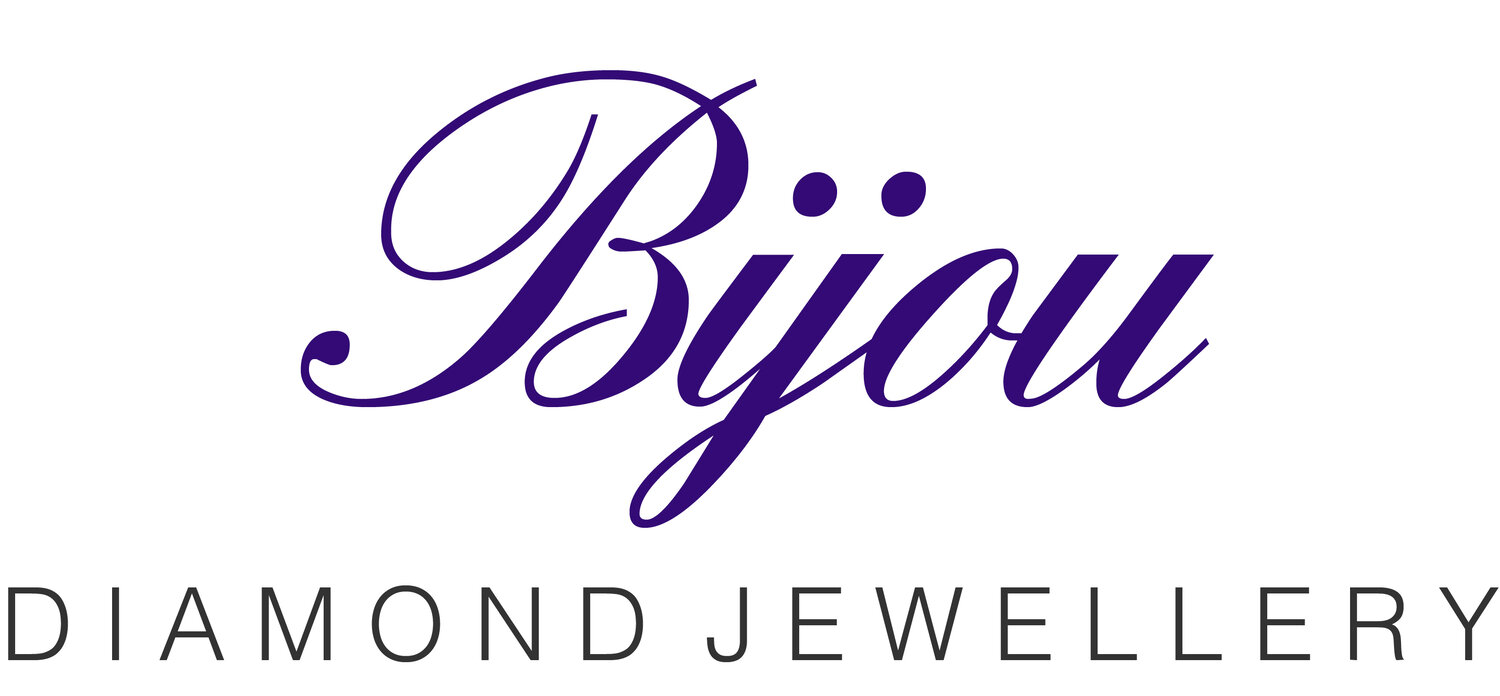Engagement Ring Buying Guide
Buying an engagement ring can be an intimidating experience, especially if you have little knowledge of the Jewellery market. We have made this guide for you to better understand what you're buying and help you make the right decisions for this very special purchase.
Diamonds
Having taken billions of years to form, diamonds are the most precious gift from Mother Earth. There are so many variations of shapes, sizes and quality that it can be difficult to know where to start when looking to purchase your dream jewellery. You have probably heard of 'The Four C's' by now so let’s dive in to what that means:
The four C's of diamonds refers to the four main parameters that the quality of a diamond is graded on. Our engagement ring range has been tailored by us where each of these parameters have been carefully assessed and specific ranges for each of the 'Cs' has been chosen based on maximising budget and getting the best stone possible.
Clarity
The clarity of a diamond refers to the level of imperfections (inclusions) present in the stone, the fewer amount of inclusions in a diamond the higher clarity grade a diamond achieves.
Inclusions are created when a diamond is formed billions of year ago and can significantly affect the lustre and sparkle of a diamond. They have the potential to prevent light travelling properly through a diamond therefore affecting the amount of light returned by the stone.
Grading starts from perfectly Flawless (FL) diamonds with no inclusions, to heavily included (I3). Please see the image below showing a GIA clarity grading scale. We select VS2 diamonds or above for our clients as these have no inclusions visible to the naked eye and are classified as being ‘very slightly' included. We feel this grade offers great value for money due to the clarity being of high quality but prices being significantly less than flawless equivalents.
Carat
'Carat' refers to the weight of a diamond, where 1 carat is equal to 1/5 of a gram (200 milligrams). The Carat is a weight unit used specifically for gemstones.
Generally the higher the carat weight, the larger the stone. One of most common misconceptions in diamonds is that carat weight is a measurement of the size of a diamond, carat is the weight of a stone. Carat weight should not be the deciding factor when looking at a diamond, we choose ‘spread’ over carat weight. The spread of a stone is how large its dimensions are (how large it spreads).
Some stones have a high carat weight, but a small spread, meaning it appears much smaller than it should. Everyone wants to get their money’s worth, we believe you can maximise your budget by selecting stones with a bigger spread than the typical size for that weight, for this reason we only select stones that spread above their weight so your diamond appears larger but costs less. The average carat weight for an engagement ring centre diamond is 0.30ct.
Colour
The colour of a diamond is graded on an alphabet scale from D to Z with D being the ‘whitest’ and Z being the most tinged with colour. A perfect D colour white diamond is one that has no colour, this is seen as completely pure, but very rare hence the higher price. For our core range we hand select G/H colour stones as to the untrained eye they appear colourless. This also allows us to maximise your budget as these colours cost significantly less than a D/E graded stone.
Cut
Contrary to popular belief cut does not refer to a diamond’s shape but to the proportions, symmetry and polish of a stone. The life and sparkle of a stone is more to do with the cut than any other factor, grading the cut involves an extensive inspection of the internal and external dimensions of a diamond. We hand select all of our diamonds to ensure the cut of the diamond creates beautiful fire and scintillation.
To learn more about the different shapes of diamonds we offer, please see our Diamond Shape Guide.



